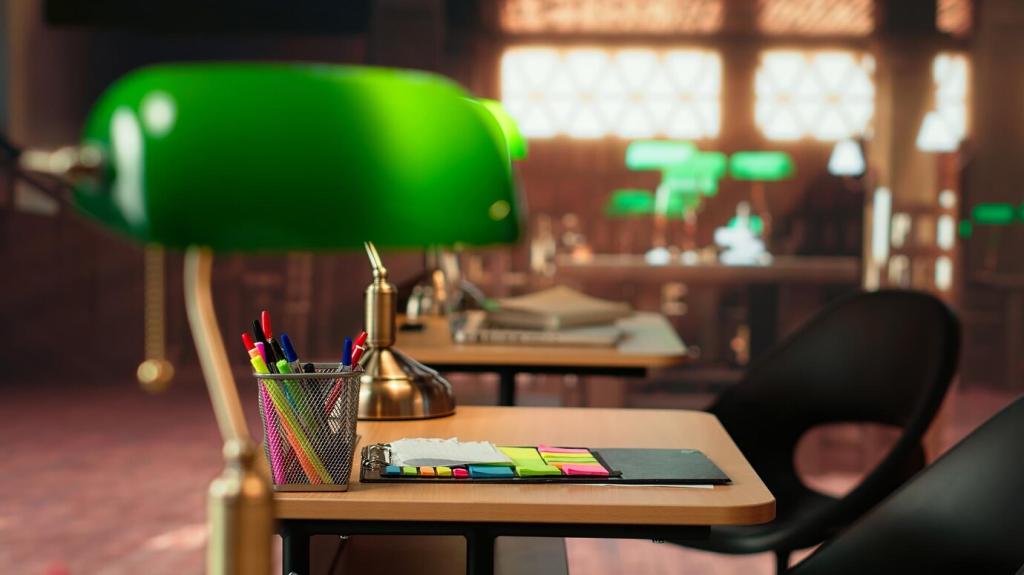Implementation: From Toggle to System Integration
Respect system preferences using prefers-color-scheme queries, but always offer a manual toggle. Drive theme values with CSS variables and persist choices in local storage. This approach simplifies overrides for components, labs, and external widgets sharing the same shell.
Implementation: From Toggle to System Integration
Expose tokens to your LMS theme engine or headless CMS so courses inherit consistent colors and type. Document component recipes in Storybook, and encourage faculty to request variations using token names rather than hex codes or ad hoc styles.






